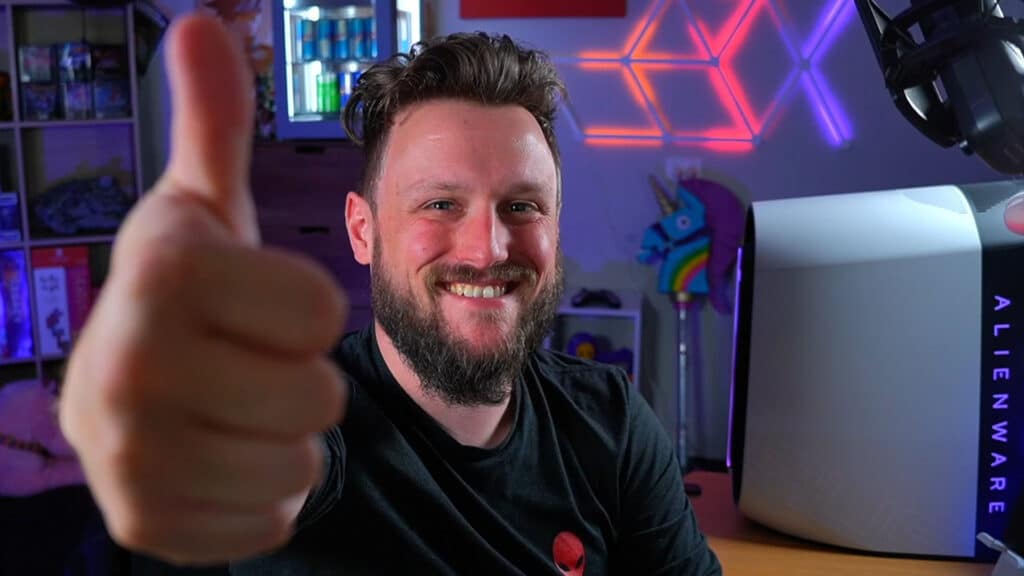The Grandia series is relatively obscure, with the first game seeing a release for Sega Saturn in 1997 and later on Playstation in 1999. It was also one of the first games I had for my Playstation, which happened to be my first console, and also my first JRPG and started a life-long obsession with the genre. Grandia II was later released in 2000 for Dreamcast, but also made its way to PS2 and PC. The PC version was the first game I can remember buying with my own money that I’d carefully saved up. So, needless to say, the series is an important one to me and seeing it was getting an HD collection release, I was obviously super excited. So, is reliving such an important memory worth it? Let’s take a look.

Grandia
Grandia is a story of adventure and discovery. It stars a young boy named Justin, from a family of adventurers, wanting to make his own name in the world. When he gains access to an old ruin of a lost civilization near his town, being the JRPG protagonist he is, he discovers there’s a lot more to all this and receives a calling to go to the ancient lost city of Alent which was long thought to be a myth.
And so, Justin sets out, meeting all kinds of colourful characters along the way and even crossing the huge wall that’s supposedly the ‘end of the world’, only to discover even more colourful characters and environments on the other side, all the while avoiding the grasp of the villainous army that’s hot on his tail, wanting the power of the ancient civilization for themselves.
In hindsight, it all sounds pretty cliche, but this was back in an era where JRPG’s were making the JRPG cliches as they came out. But one thing about Grandia that isn’t cliche’d, and what made it shine, was its unique twist on the turn-based combat system and its gorgeous 3D sprite-based overworld that was a joy to explore. Even if that exploration is relatively linear, with old areas closing off as new areas open up, but this all adds to the feeling that you’re really crossing the world and exploring new areas, and each boat trip or hike over mountains feels as though you’ve really crossed some distance and that it’s a big event as a result.
The art style used detailed, clear sprites in 3D environments which were hugely enhanced by the HD port, allowing the visuals to be crisp and clear. The combat still flows just as smoothly as it did then, with battles being turn-based but all combatants having their icons displayed along a bar at the bottom of the screen that moves in real-time, allowing you to get a better idea of exactly what the enemy is about to do and developing a strategy from there, with it possible to outright cancel enemy moves or prepare to defend against devastating attacks.
Weapons and magic can also only be upgraded by continued use, and have impacts on other stats, like defense, HP, movement, etc. as well as being able to develop new and stronger attacks by playing with combinations of different kinds of magic and special moves, encouraging experimentation.
The HD re-release also comes with the option to turn on Japanese voice-overs, which might be preferable for some as the voice acting in the game isn’t exactly great, but it’s still charming in a goofy, 90s kind of way. Though the HD collection also introduces all kinds of irritating audio bugs. The battle music frequently begins looping over itself and sound effects occasionally don’t play properly.
There are also a few issues with the graphics, as gorgeous as they are, the wide-screen support occasionally goofs things up. Characters walking off-screen only for you to see them standing around in the corner. Some of the CG scenes weren’t given wide-screen support either, leading to an awkward border occasionally popping up.
But these are just all small bugs that don’t detract from the overall experience.

Grandia II
Grandia II originally received an HD port back in 2015, and this port is the same one that appeared then, so, for the most part, it’s pretty stable and has some cool new features, like an extra difficulty mode as well as Japanese voice over options. Though it lacks the added achievements and trading cards because unfortunately, the Switch doesn’t have those kinds of things.
Grandia II retains a lot of the spirit of Grandia, although the protagonists and characters are all markedly different, as well as taking place in a completely different world and setting, meaning you don’t need to play one to enjoy the other.
This game tells the story of Ryudo, a mercenary known as a Geohound in this universe, looked down upon and feared by a lot of folks. One day, he gets a job to escort a songstress of the local church, Elena, for a fancy ceremony. Naturally, while he’s waiting outside, this all goes very wrong very quickly, a lot of folks end up dead, and Elena winds up with some funky mysterious power and as a result, the two need to set off on a journey to cleanse her of this power and find out exactly what it all means along the way.
Again, there’s a lot of good JRPG cliches here revolving around religion as the main setpiece, but it still has a brilliant take on the individual characters and the roles they play in the story. The combat is also very similar to Grandia, but with various improvements such as more ways to cancel enemy attacks and create combos, and smoother combat flow.
It also lacks a lot of the small, irritating bugs the first game’s port had, which is weird, considering this is the port that came around first.

Adventure!
Both games are an absolute delight to play and an interesting look back at the more obscure pieces of JRPG history, and the Nintendo Switch is a great way to play them. The Switch HD collection is out now, but if you want to play the game on PC, you’ll have to wait until September.




